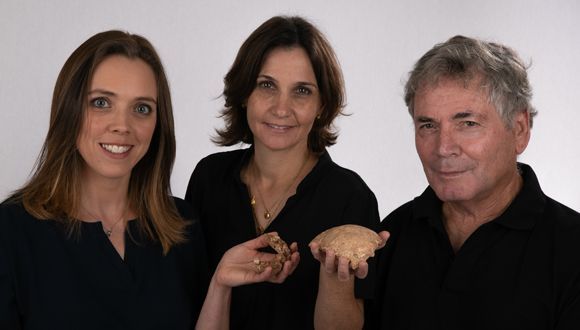
Early Humans Deliberately Recycled Flint To Create Tiny, Sharp Tools
Exceptional conditions at Israel’s Qesem Cave preserved 400,000-year-old “tool kit,” TAU researchers say
A new Tel Aviv University study finds that prehistoric humans “recycled” discarded or broken flint tools 400,000 years ago to create small, sharp utensils with specific functions. These recycled tools were then used with great precision and accuracy to perform specific tasks involved in the processing of animal products and vegetal materials.
The site of Qesem Cave, located just outside Tel Aviv, was discovered during a road construction project in 2000. It has since offered up countless insights into life in the region hundreds of thousands of years ago.
In collaboration with Prof. Cristina Lemorini of Sapienza University of Rome, the research was led jointly by postdoctoral fellow Dr. Flavia Venditti in collaboration with Profs. Ran Barkai and Avi Gopher. All three are members of TAU’s Department of Archaeology and Ancient Near Eastern Cultures. It was published on April 11 in the Journal of Human Evolution.
In recent years, archaeologists working in caves in Spain and North Africa and digs in Italy and Israel have unearthed evidence that prehistoric people recycled objects they used in daily life. Just as we recycle materials such as paper and plastic to manufacture new items today, early hominids collected discarded or broken tools made of flint to create new utensils for specific purposes hundreds of thousands of years ago.
“Recycling was a way of life for these people,” Prof. Barkai says. “It has long been a part of human evolution and culture. Now, for the first time, we are discovering the specific uses of the recycled ‘tool kit’ at Qesem Cave.”
Exceptional conditions in the cave allowed for the immaculate preservation of the materials, including micro residue on the surface of the flint tools.
“We used microscopic and chemical analyses to discover that these small and sharp recycled tools were specifically produced to process animal resources like meat, hide, fat and bones,” Venditti explains. “We also found evidence of plant and tuber processing, which demonstrated that they were also part of the hominids’ diet and subsistence strategies.”
According to the study, signs of use were found on the outer edges of the tiny objects, indicating targeted cutting activities related to the consumption of food: butchery activities and tuber, hide and bone processing. The researchers used two different and independent spectroscopic chemical techniques: Fourier transform infrared spectroscopy (FTIR) and scanning electron microscopy coupled with energy dispersive X-ray spectroscopy (SEM-EDX).
“The meticulous analysis we conducted allowed us to demonstrate that the small recycled flakes were used in tandem with other types of utensils. They therefore constituted a larger, more diversified tool kit in which each tool was designed for specific objectives,” Venditti says.
She adds, “The research also demonstrates that the Qesem inhabitants practiced various activities in different parts of the cave: The fireplace and the area surrounding it were eventually a central area of activity devoted to the consumption of the hunted animal and collected vegetal resources, while the so-called ‘shelf area’ was used to process animal and vegetal materials to obtain different by-products.”
“This research highlights two debated topics in the field of Paleolithic archaeology: the meaning of recycling and the functional role of small tools,” Prof. Barkai observes. “The data from the unique, well-preserved and investigated Qesem Cave serve to enrich the discussion of these phenomena in the scientific community.”
“Our data shows that lithic recycling at Qesem Cave was not occasional and not provoked by the scarcity of flint,” Venditti concludes. “On the contrary, it was a conscious behavior which allowed early humans to quickly obtain tiny sharp tools to be used in tasks where precision and accuracy were essential.”
The researchers are continuing to investigate prehistoric recycling by applying their analysis to other sites in Africa, Europe and Asia.
Photo caption: Experimental activity of cutting tubers with a small recycled flake and a close-up of its prehension (inset). Photo credit: Flavia Venditti.
Related posts
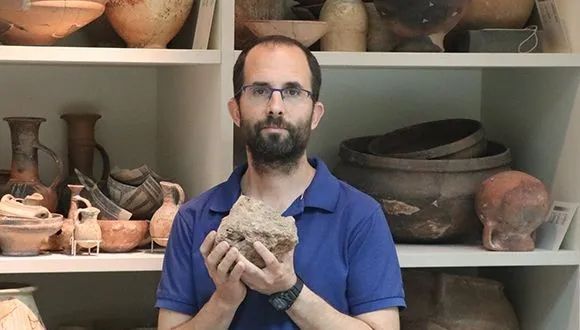

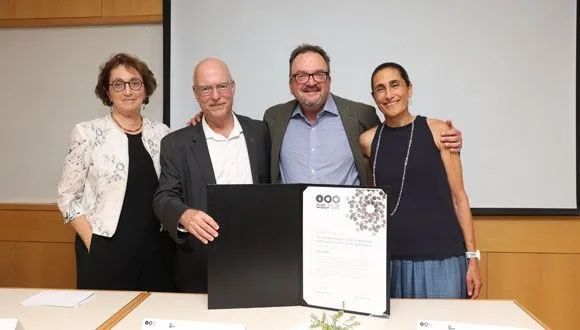

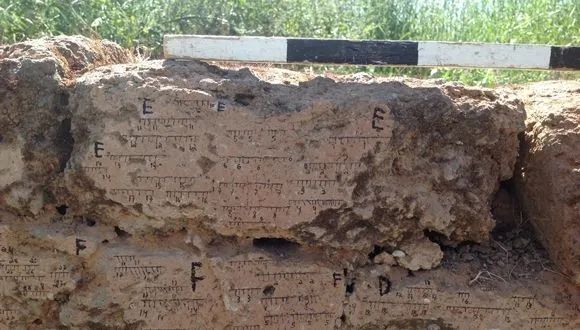

Our Ancestors Irreparably Damaged the Timna Valley Environment 3000 Years Ago


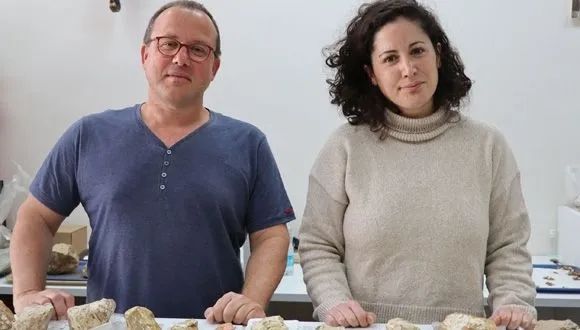


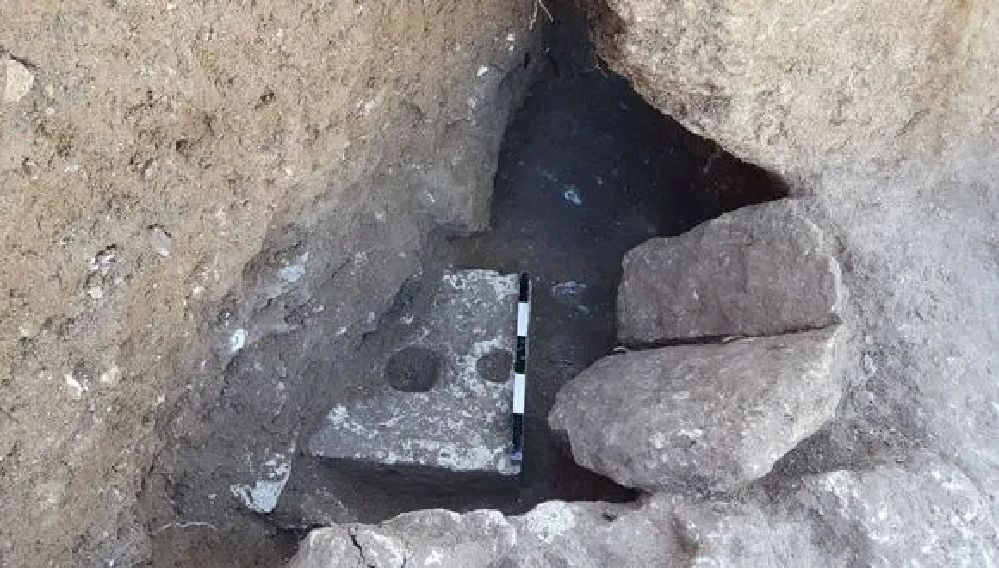
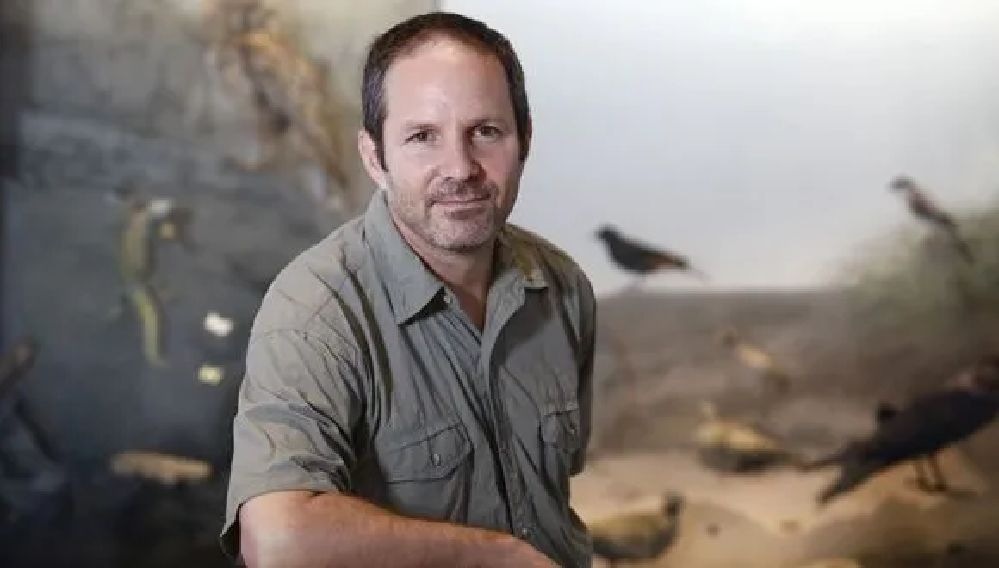
Over the Past 1.5 Million Years, Human Hunting Preferences have Wiped Out Large Animals
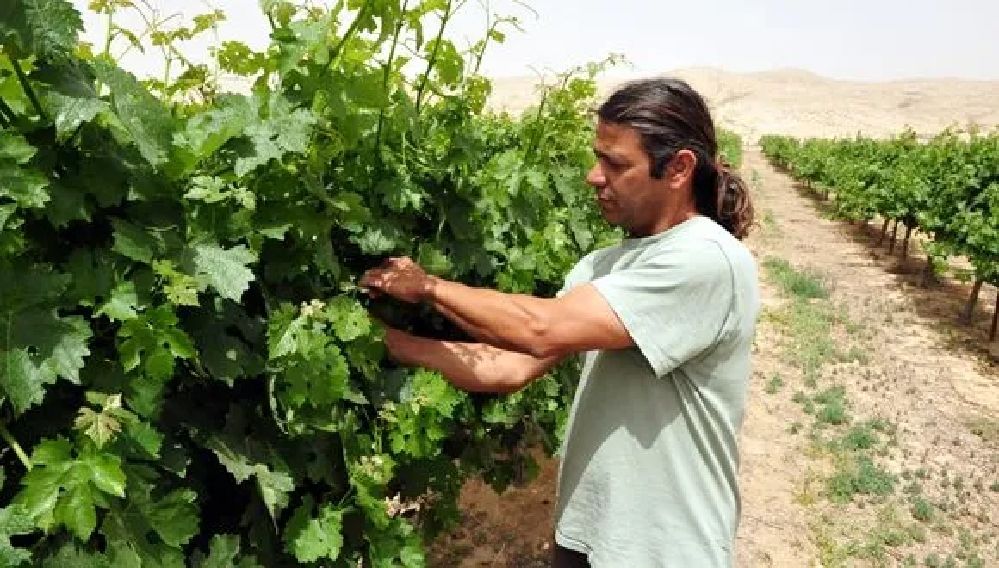
Ancient Climate Crisis Transformed Us from Nomadic Hunters to Settled Farmers
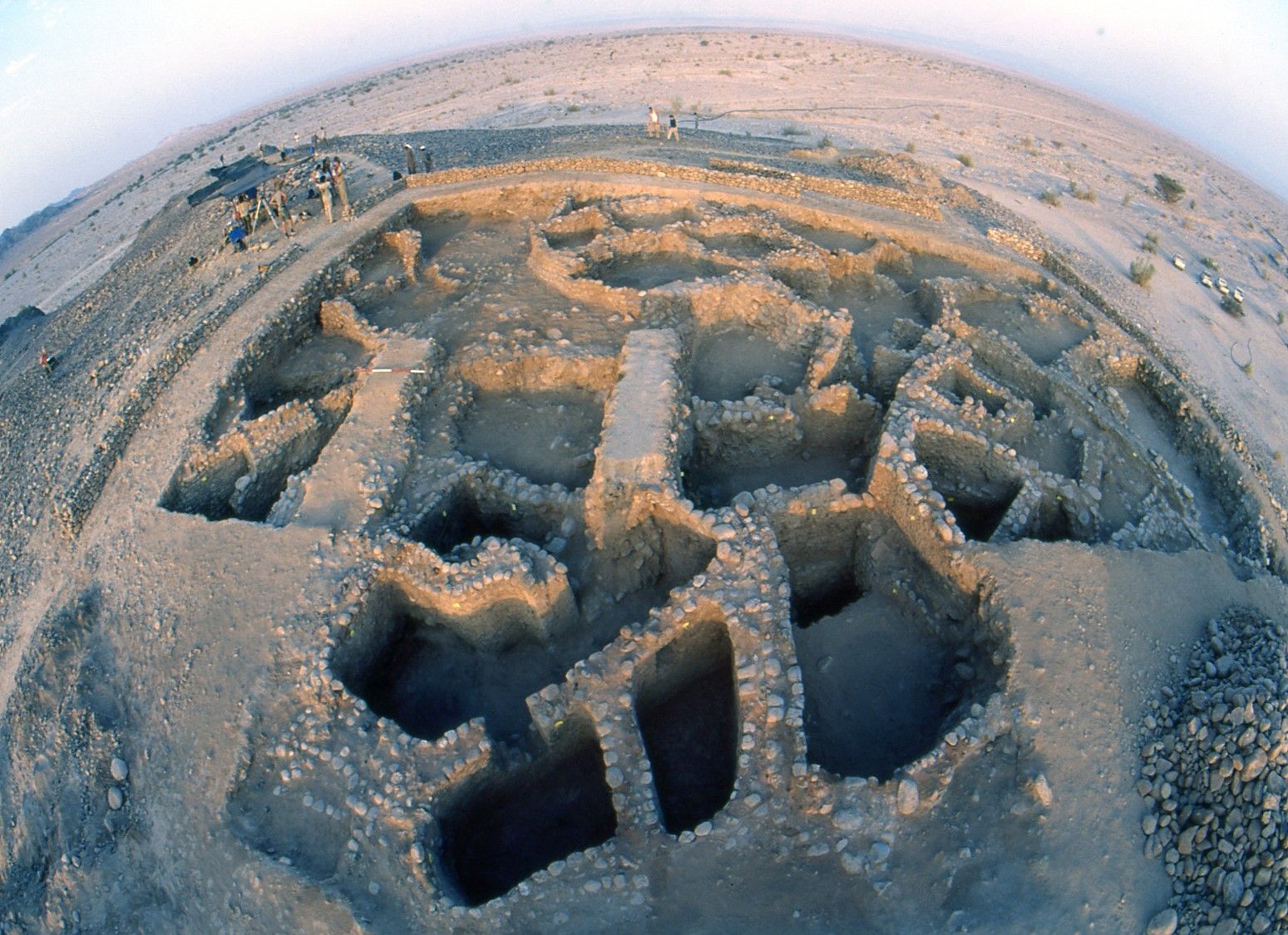
Recordings of the magnetic field from 9,000 years ago teach us about the magnetic field today
